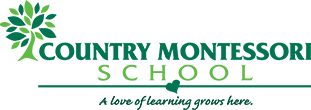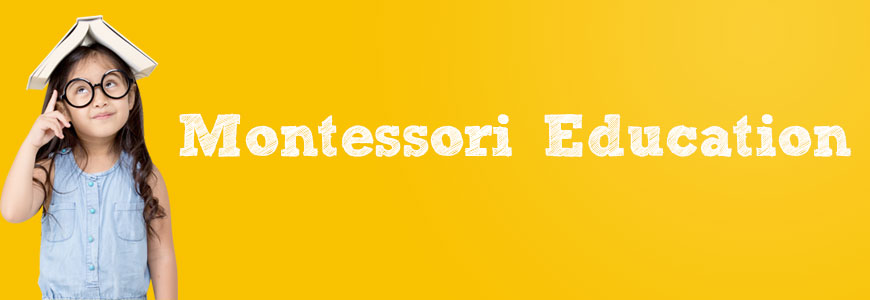Although many parents enroll their children in preschool around ages 2 and 3, deciding whether your child is ready for school is a very personal decision that will depend on your child’s development and your family’s need for child care. Research on this subject favor self-directed play based learning over formal academic approaches (Dee & Sievertsen, 2015). Developmentally appropriate early childhood education programs emphasize hands on learning and foster creativity. Their goal is to promote children’s sense of wonder and investigation with a variety of materials in as many environments as they can safely engage in (Cole, 2012). Preschool age children learn best when they become involved in activities that allow them to explore their interests and further their strengths (NAEYC, 2017). Country Montessori Preschool Programs offer a developmentally appropriate early childhood education alternative for parents and caretakers who wish to honor the natural rhythms of their children.
Benefits of Montessori Education
Montessori preschool programs distinguish themselves for:
- Focusing on children’s needs, skills, and natural rhythms
- Facilitating learning through gentle guidance
- Offering a variety of practical life hands-on learning activities
- Fostering independence
- Encouraging cooperative play
- Stimulating creativity
- Promoting self-discipline and regulation
What Montessori Activities Look Like
In a Montessori environment, preschool age children will have access to a wide variety of materials and environments designed to provoke their senses and natural curiosity. Activities include exercises in practical life, movement, language, art, math, and sensory development to name a few (Sterling, 2016). Some of these activities you could even try at home! Here are a few examples:
- Practical life activities: dressing and undressing, folding and putting away towels, pouring beverages, setting the table, watering plants.
- Movement: Stretching, jumping, clapping, throwing and catching exercises with balls, bean bags, or scarves.
- Language: chalk letter writing, tracing sandpaper letters with fingers, tracing letters in sand, playing with refrigerator letter magnets.
- Art: provide a variety of mediums (oil, acrylic, pastels), recycled materials, brushes, crayons, glue, scissors… and let children create!
- Math: tracing sandpaper numbers with fingers, spindle boxes for counting, number rods for visual sorting and introducing other mathematical concepts.
- Sensory development: tactile touch tablets, mystery grab bags, manipulating the pink tower and cylinder blocks.
Although your help may be required to help facilitate some of these activities, it is important to remember that a true Montessori environment will honor a children’s natural rhythms and allow them to lead their learning experiences (Sterling, 2016). As Maria Montessori said: “If teaching is to be effective with young children, it must assist them on the way to independence.” Let us facilitate the materials and environments that allow children to surprise us! Country Montessori is a WASC accredited preschool in Poway, CA.

